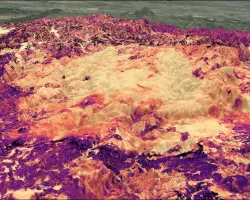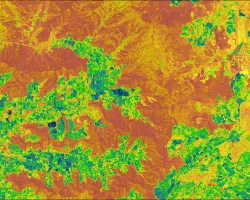- PI: Ashley Ballantyne, University of Montana
- Co-I: Marie Johnson, University of Montana
Fire and other climate driven disturbances are shaping the future of our forests. Given the vital ecosystem services provided by forests, it is crucial that we manage forests for their continued existence under changing climate conditions.
This requires the immediate investigation of forest resilience, the ability of an ecosystem to withstand a disturbance by regaining its function, structure, and composition before a threshold is crossed and an ecosystem transitions to a new state. It has been widely recognized in ecology that resilience should be the primary goal of forest restoration and management, however, few studies have been designed to comprehensively examine forest resilience to wildfire across broad ecoregions.
The objective of this project is to gain a comprehensive understanding of forest resilience and the important environmental drivers across the western US.
To advance our understanding of forest resilience to fire we have developed the OpenRes project to combine multiple metrics of ecosystem recovery into a forest ecosystem resilience framework. We will use several different remote sensing platforms available to examine the functional, structural and compositional recovery of forest ecosystems following wildfire. Specifically, our project is designed to address the following research hypotheses:
- (H1) Ecosystem function will recover much faster than structure and/ or composition and that topographic diversity will be the most important environmental driver of ecosystem functional recovery, especially in drier ecoregions of the southwest.
- (H2) Ecosystem structure will recover slower than function but faster than composition and that burn severity will be the most important environmental driver of ecosystem structural recovery, regardless of ecoregion.
- (H3) Ecosystem composition will recover the slowest, compared to function and structure and that topographic diversity will be the most important environmental driver to predict the recovery of composition. To test these hypotheses we will rely on both conventional and novel remote sensing platforms.


